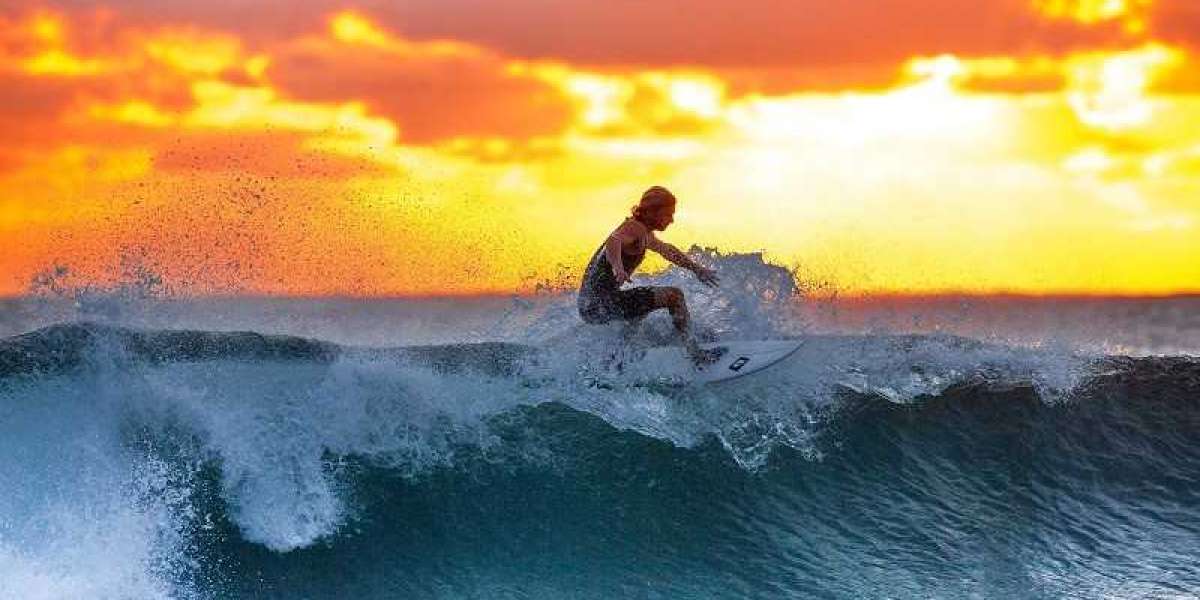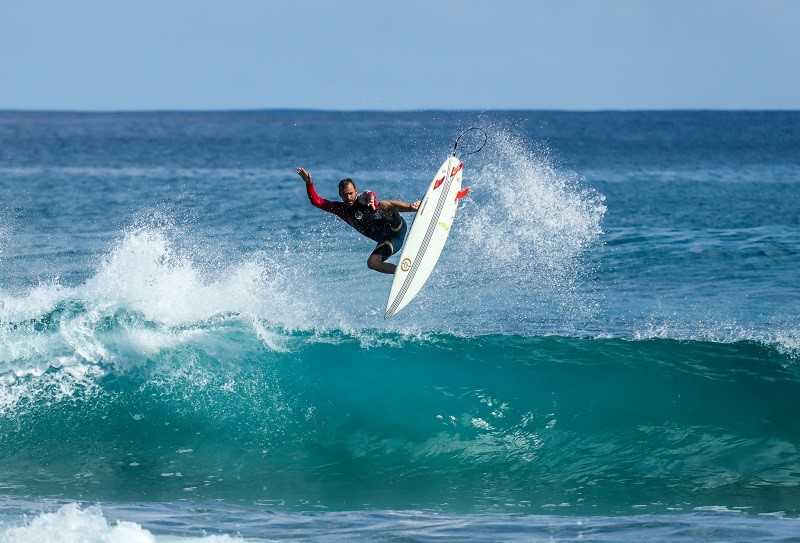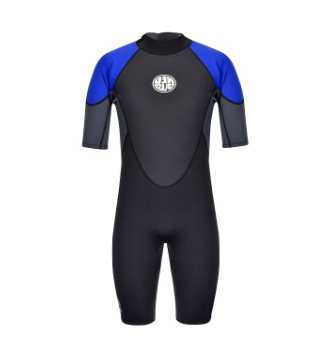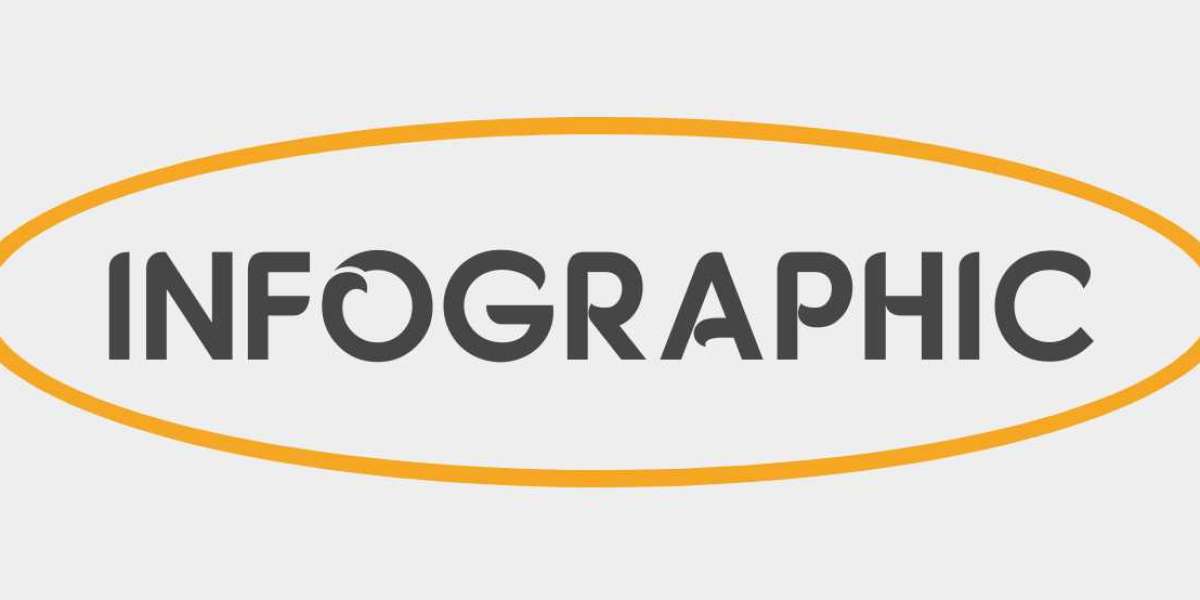Here are some tips to get started with surfing:
1.Rent a soft surfboard your first time out. Don't invest in your own surfboard if you've never tried surfing before. At most beaches good for surfing, rental spots will be available close to the beach, offering reasonably cheap rental options, by the hour or by the day.
2.Try out a longboard while you're first learning. Longboards are the oldest and longest type of surfboard commonly available, ranging from 8 to 12 feet (2.4 to 3.7 m) in length. While they're not quite as maneuverable or versatile as other types of boards, longboards are often recommended for beginners because of their ease of use.
3.Work your way up to a shortboard.Shortboards are less than seven feet long, with a sharp nose and multiple fins. It takes more practice to master a shortboard than longer types of surfboards, but it is considered the definitive high-performance board for the pros (though some professional surfers use longboards as well).
4.Get a wetsuit. In many places, a wetsuit is just as essential as the board itself to ensure an enjoyable surfing experience. The wetsuit keeps your body warm in cold water, helping prevent chills and hypothermia. If the local surf shop recommends a wetsuit, get fitted and rent or purchase one before you hit the beach. It does depend on where you are though as if the water is not cold enough you will overheat and wetsuits can restrict your movement and should only be used in really cold water.
5.Get a leash for your board. A leash keeps you and your board from separating in the water. If you wipe out, you don't want to be stuck out in the breaking waves without a board. You also don't want your board floating freely into other surfers or smashing up against the rocks. A runaway board can be very dangerous for anyone in the water, not to mention potentially costly.










